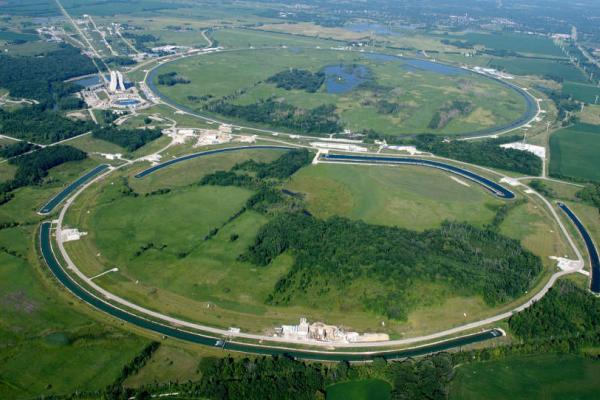Prof. Yuri Kovchegov interviewed about experimental evidence for the existence of the odderon

An international team of physicists announced earlier this month that their data reached a level of statistical significance known as “five sigma,” a threshold that most scientists agree means you can be 99.999+% sure that you really made a discovery. After all, it’s not like physicists can just look inside their particle collider and see an odderon smiling back at them. Instead, they’ve got to go through staggering amounts of data recorded when protons and antiprotons bounce into the walls of their detectors.
Though the team, which involved researchers in countries around the world, suspected they had something big last year, they didn’t want to rush an announcement. They asked independent researchers in the field to check their work for potential biases or problems before making their paper public. The article is now published as a preprint by CERN and Fermilab and has been submitted to the journal Physical Review Letters.
“The odderon is a solid prediction of the theory of strong interactions, made almost half a century ago,” said physicist Yuri Kovchegov from The Ohio State University, who was not involved in the new work. “At the same time, it has been avoiding experimental detection for decades. The new DØ and TOTEM result, if it holds, is likely to indicate that the odderon has at last been found.”
Kovchegov said in an email that the paper “appears to be the first solid experimental evidence for the existence of the odderon,” though he would still like to see more experiments confirm the finding. He said the upcoming Electron-Ion Collider, a major new experiment to be built in New York and set to open in the early 2030s, might be able to answer ongoing questions about the odderon. -Gizmodo.com
Read More: Physicists Discover the Elusive Odderon After 50 Years (gizmodo.com)
Photo: Observations that contributed to the discovery of the odderon were done at Fermi National Accelerator Laboratory before its Tevatron particle accelerator shut down in 2011. Fermilab, Reidar Hahn
